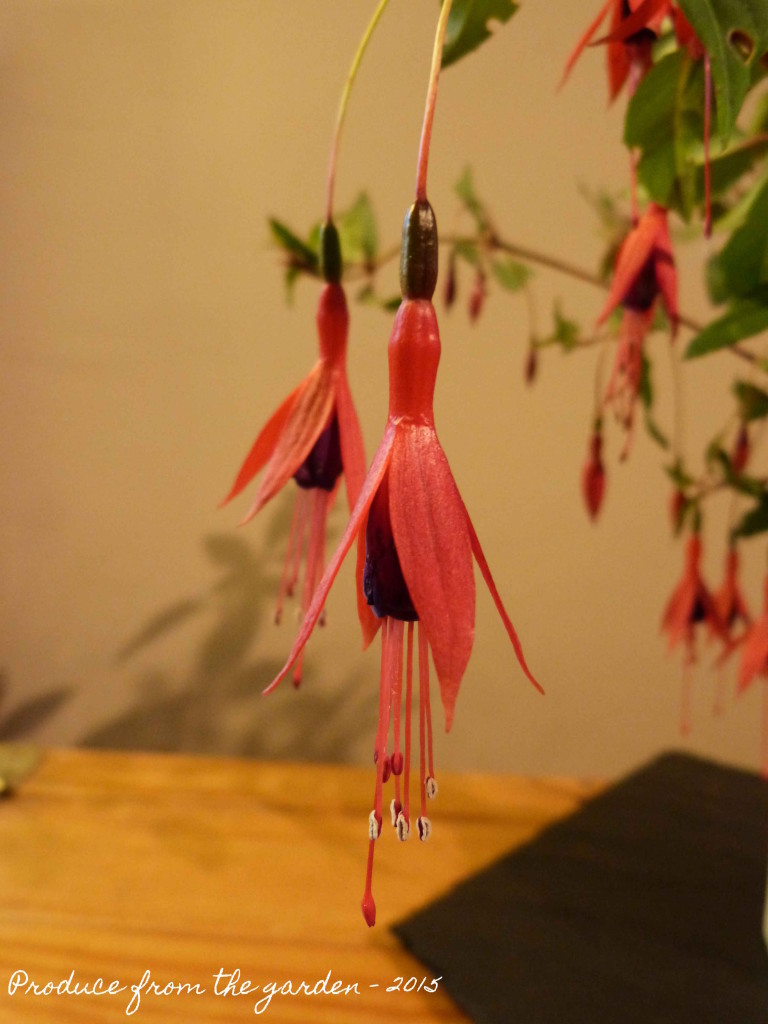Those of you who regularly read this blog will know I like a bargain and can’t stand waste; everything in the garden has to earn its worth. I get great pleasure from dividing plants, sowing from seed and taking cuttings, to squander or fritter money in the garden does not sit well with me. Disposable gardening (ideal for some) is in direct opposition to my motivated desire to tend my plot, it is the evolving nature of a garden that ignites my passion and drive, I like to build a relationship with my plants, each one having a story, it gives purpose and meaning to why I garden. This perspective has stirred mixed emotions in me when it comes to tulips. They’re magnificent flowers, their colour lifts and complements a garden in Spring and they make fantastic cut flowers, but, to buy and plant tulip bulbs producing just one bloom each and then to dig them up and discard, goes completely against the grain. I just love the huge tulip displays many notable gardens put on, but my enjoyment is always tempered by the voice in my head shouting ‘how much did they cost, for just one season’. So in conclusion, I have bought and grown few tulips in my time. So it was with great enthusiasm that I read an article about perennial tulips in ‘The Garden’ last year (Nov 2014), it was by a great hero of mine, Fergus Garrett. I was inspired to grow perennial tulips, my top five selections based on Fergus Garrett’s recommendations are:
- Tulip Spring Green, a viridflora or green tulip variety, ivory white feathered with green.
- Tulip Ballerina, a lily flowered tulip variety, mandarin orange with a red pink glow, and scented.
- Tulip Apeldoorn, a Darwin hybrid variety, cherry red
- Tulip Purissima (White Emperor), a Fosteriana variety, white
- Tulip Negrita, a triumph variety, glowing purple with beetroot purple veins
I also selected a couple of popular tulips from B&Q that I could not resist, Queen of the Night, a dark deep purple and Princess Irene, a stunning fiery tulip with orange and purplish blooms. Just typing out these descriptions fills me with excitement, imagining beautiful bouquets and arrangements for the house next year.
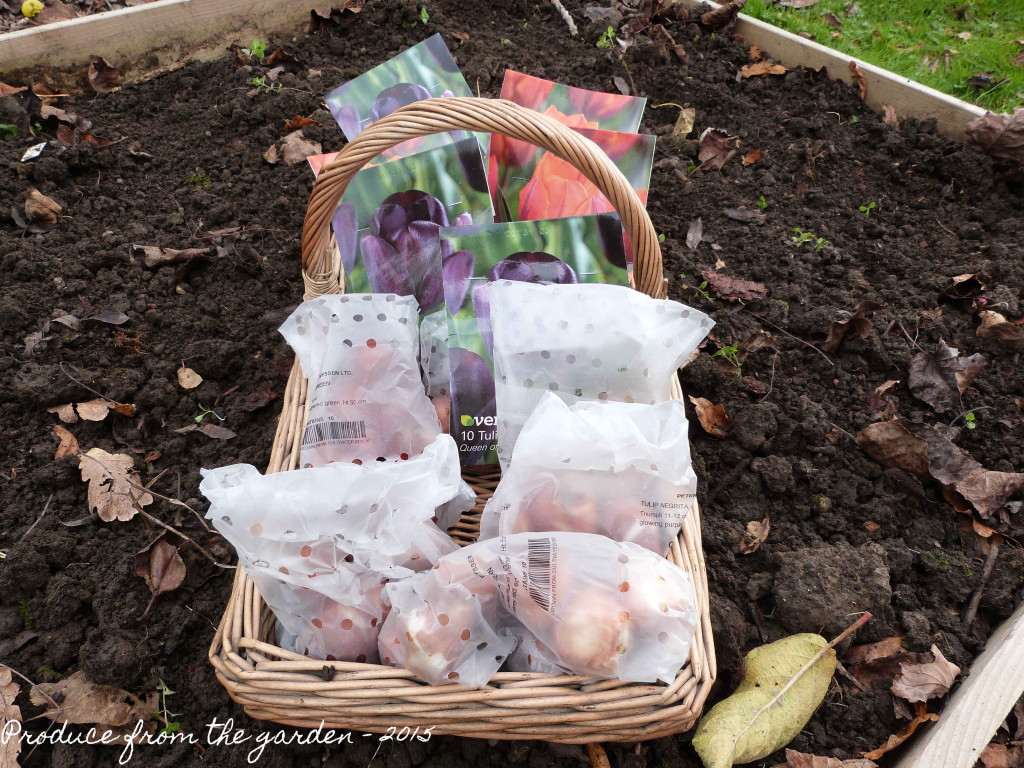 Tulip bulbs ready for planting
Tulip bulbs ready for planting
November is traditionally the time to go out and plant tulips, the theory being that the temperatures have dropped enough to reduce the chances of botrytis disease, commonly known as tulip fire blight, damp, warm conditions can accelerate the fire blight so it is usually best to wait until the weather is cold and there have been a few frosts. I fear my impatience to get them in could have scuppered me. We are still yet to have a frost here in Kent, although the BBC weather forecast does show one snowflake for Saturday so it looks as though this unusual mild spell is at an end.
As these tulips are primarily for cut flowers I dug trenches in my cutting border 15 cm deep and planted the bulbs in rows. My cutting border is raised which is good for drainage, it is important to not let perennial tulips sit in waterlogged soil as they will rot. If this is a potential problem you can successfully plant the bulbs on a bed of gravel which provides drainage. Planting at a depth of 15 cm means that I can overplant them with annual flowers to cut latter in the season.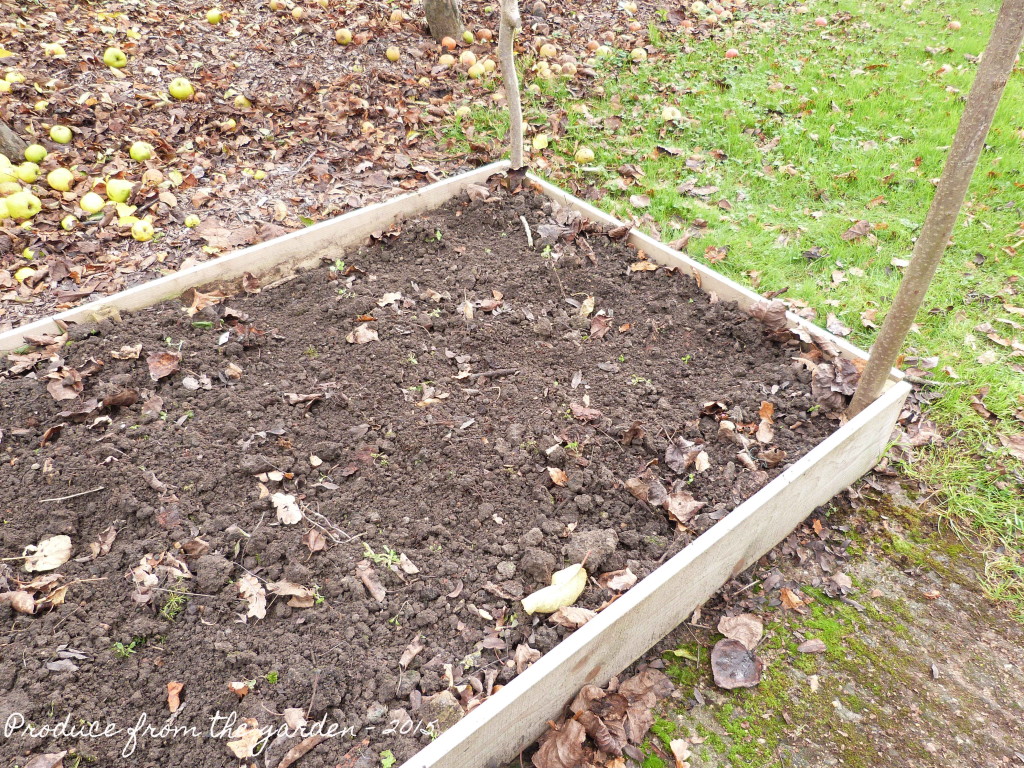
The end of the cut flower bed where I’m planting the tulips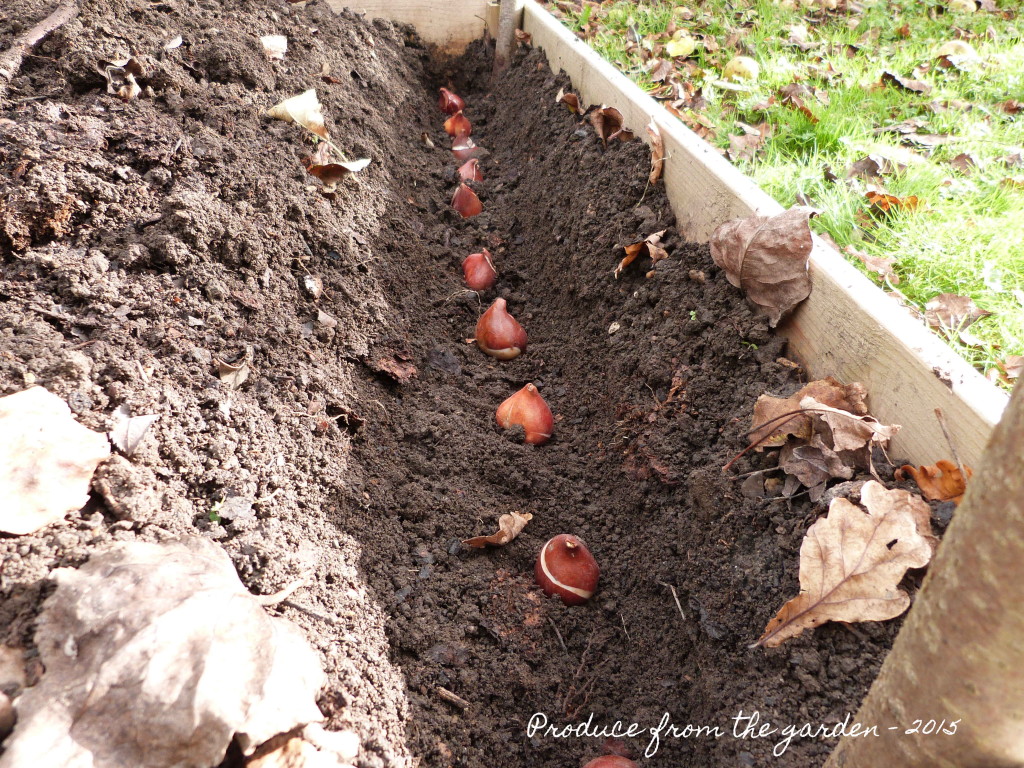 Tulip bulbs planted in a trench
Tulip bulbs planted in a trench
My fingers are crossed for a bumper crop.
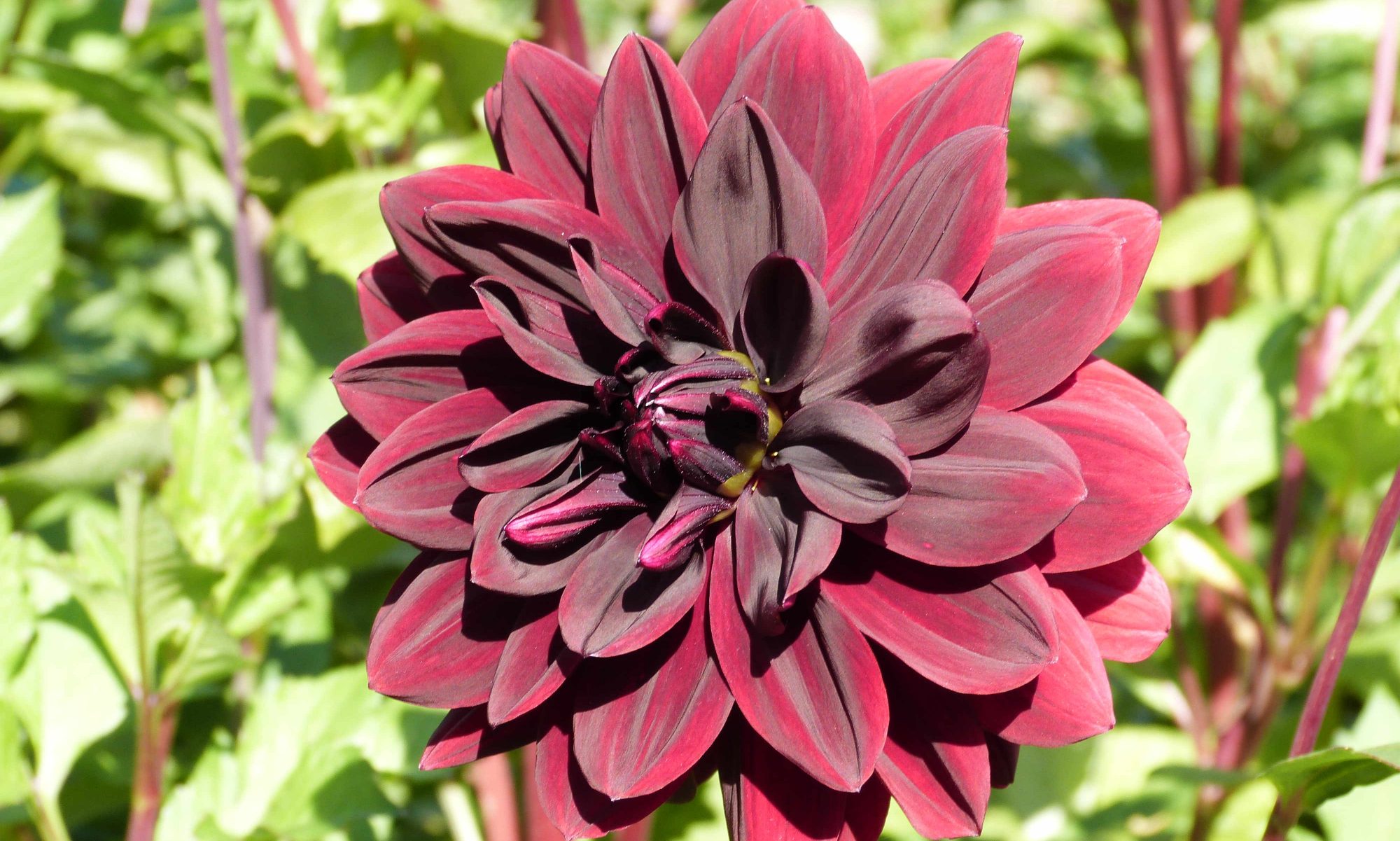

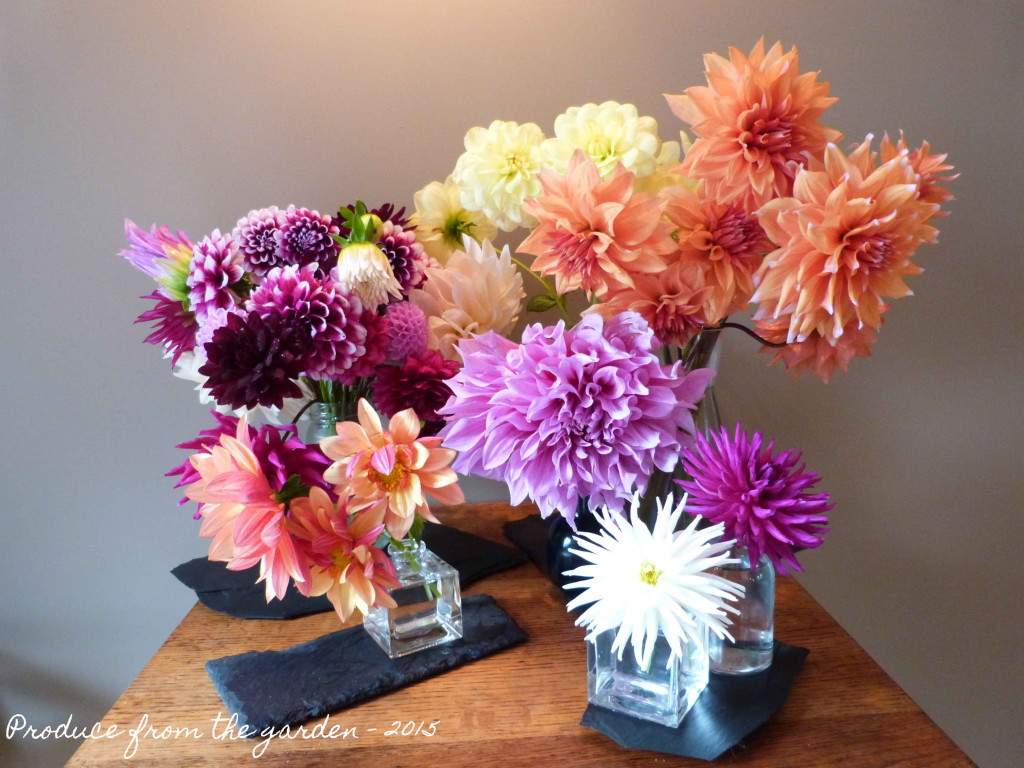
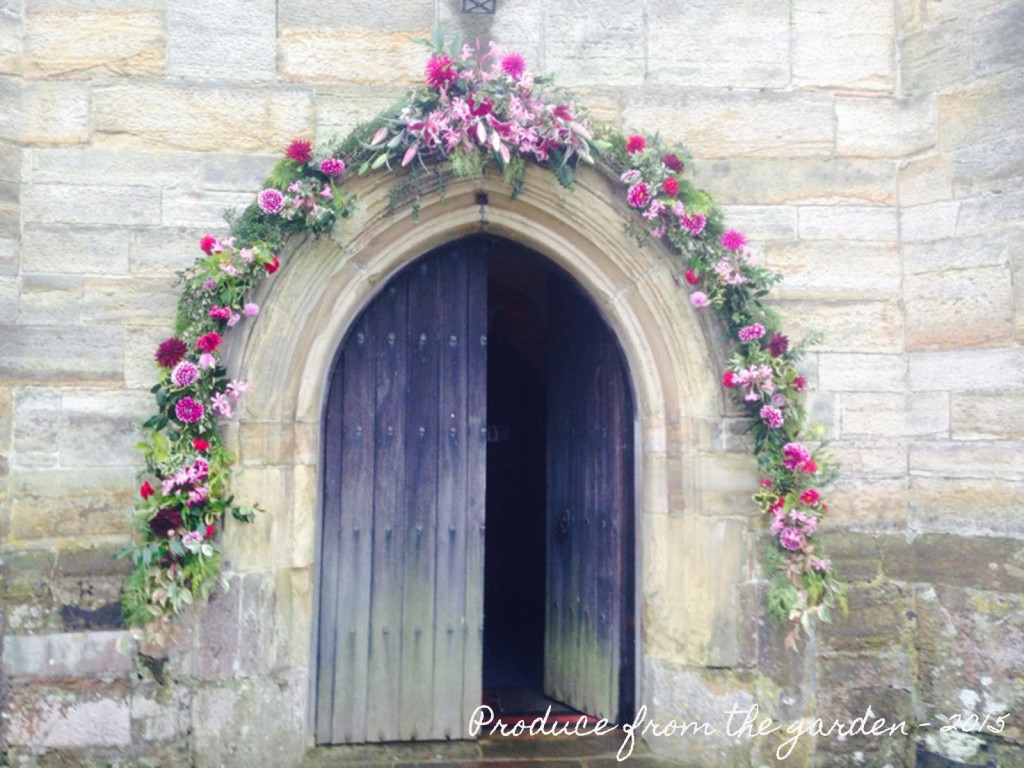
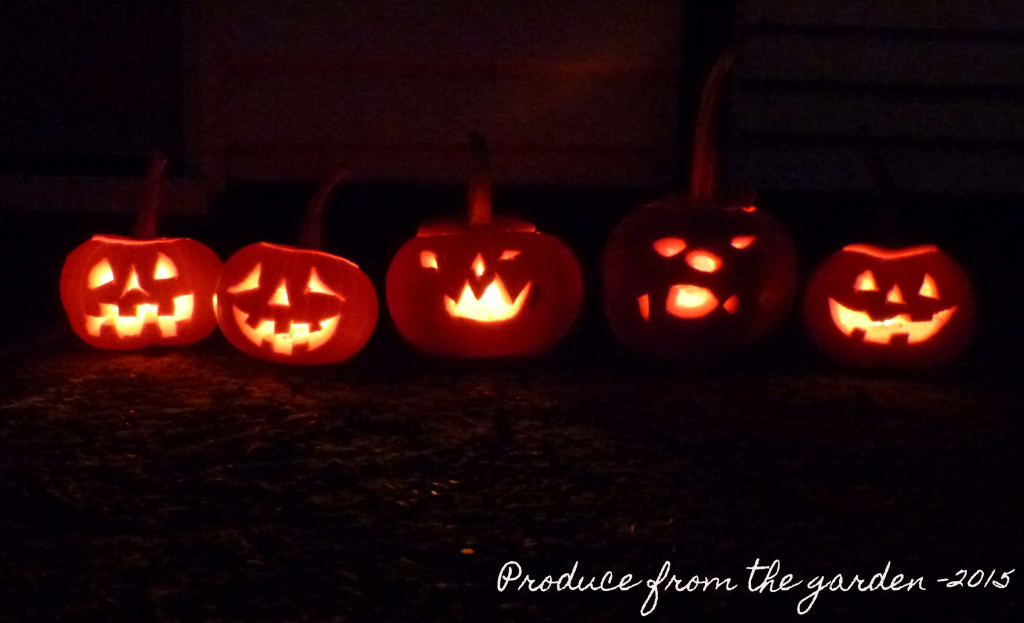
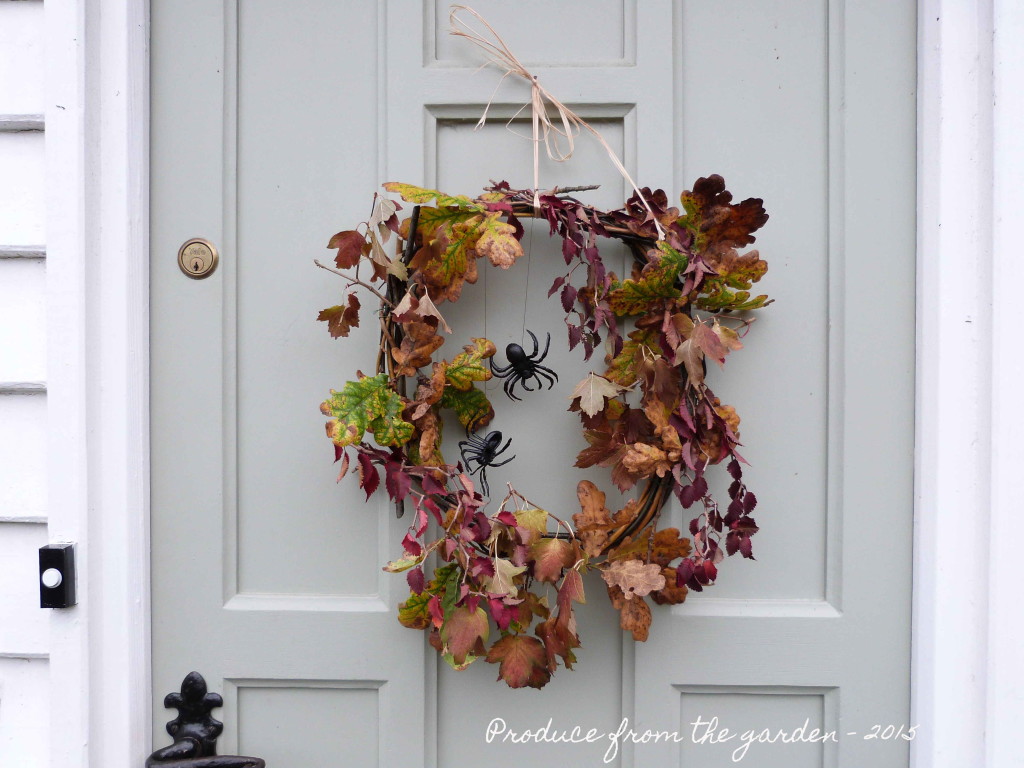
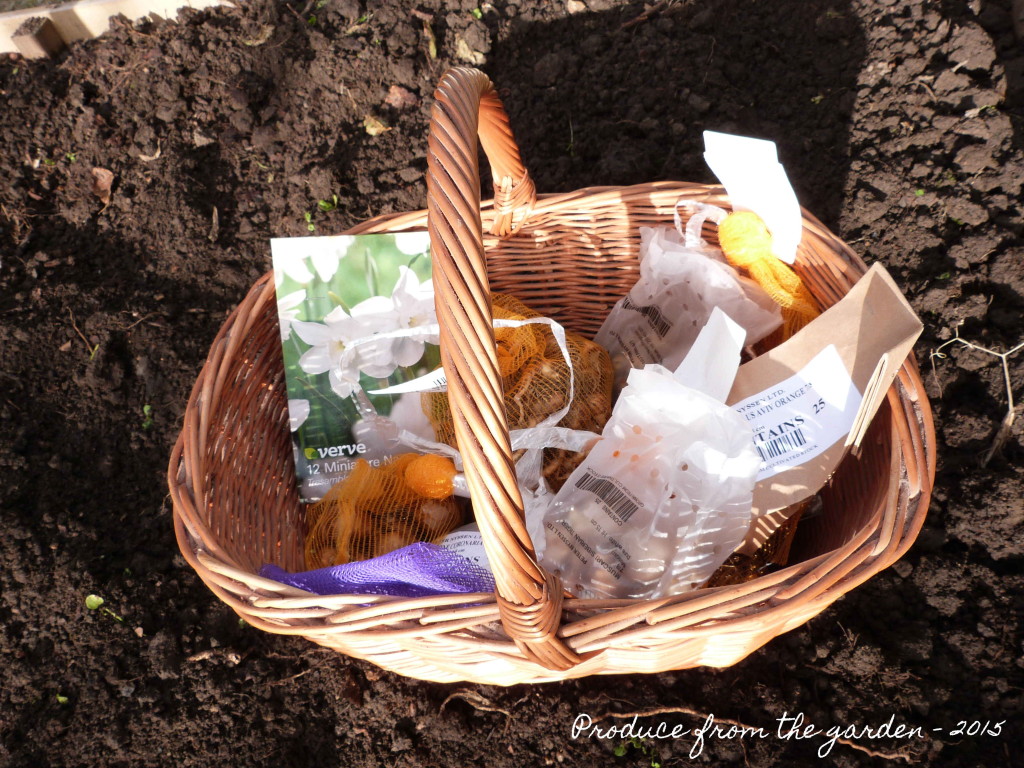
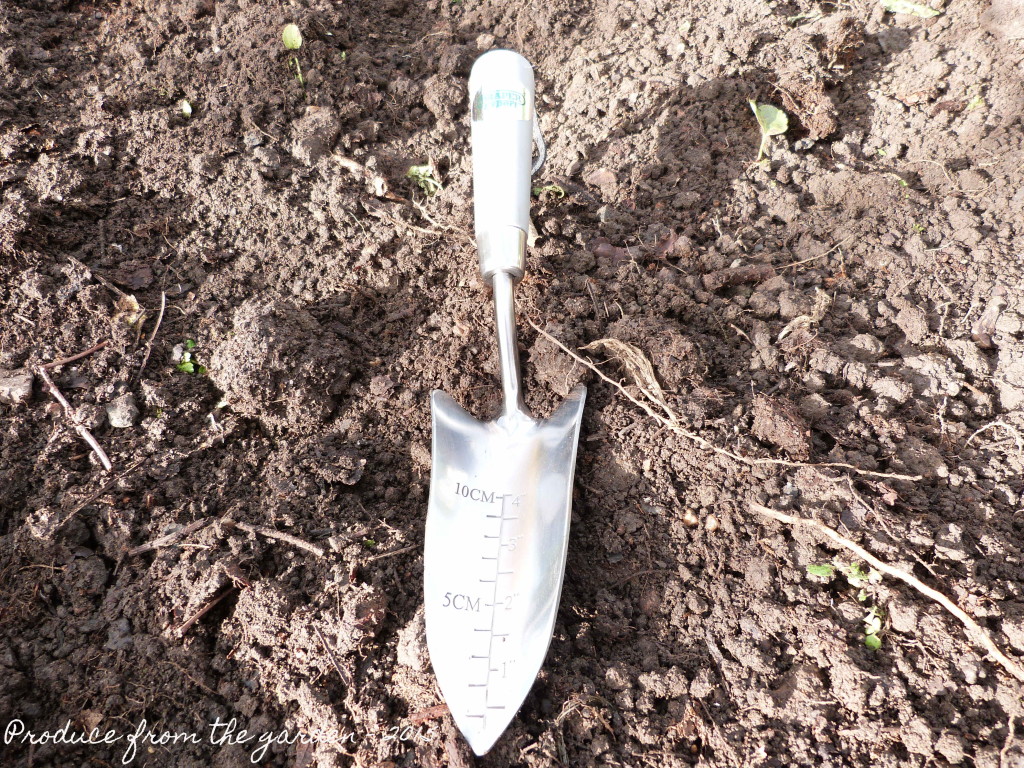
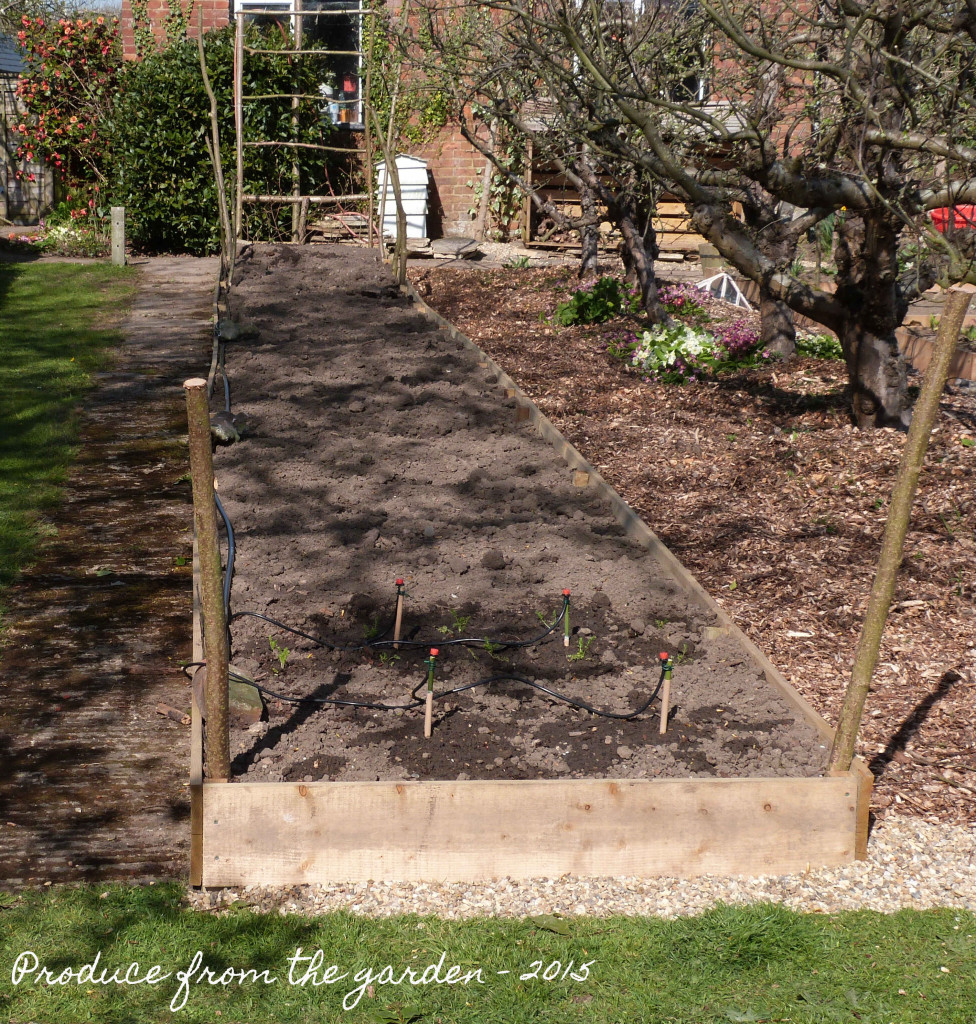
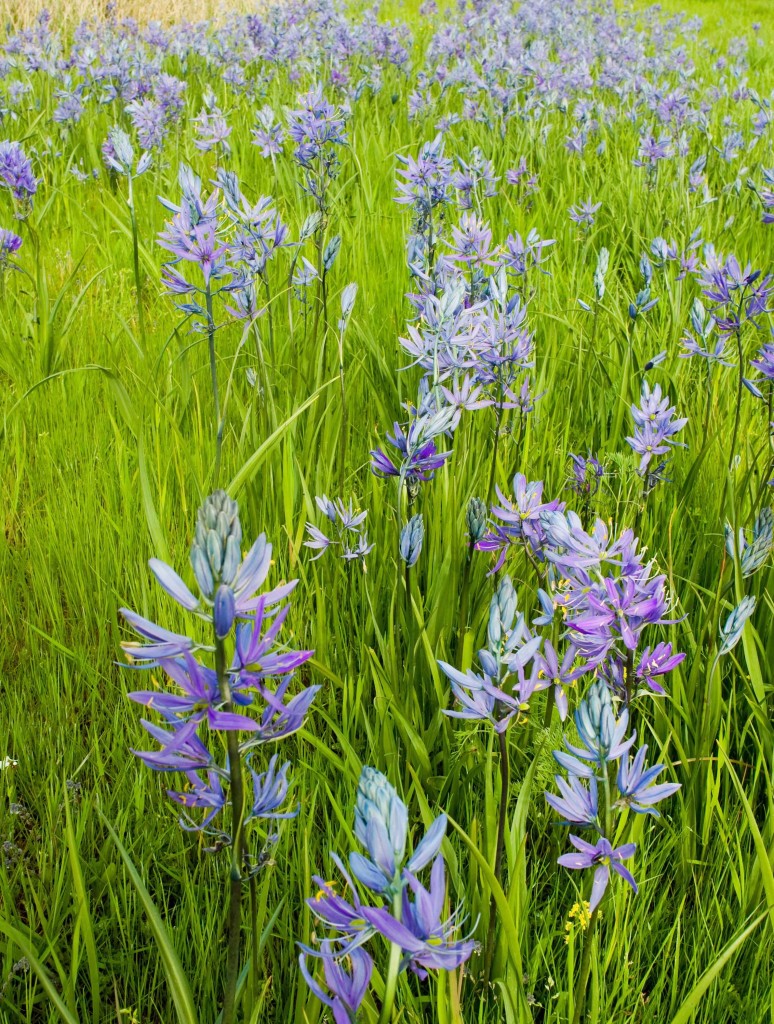
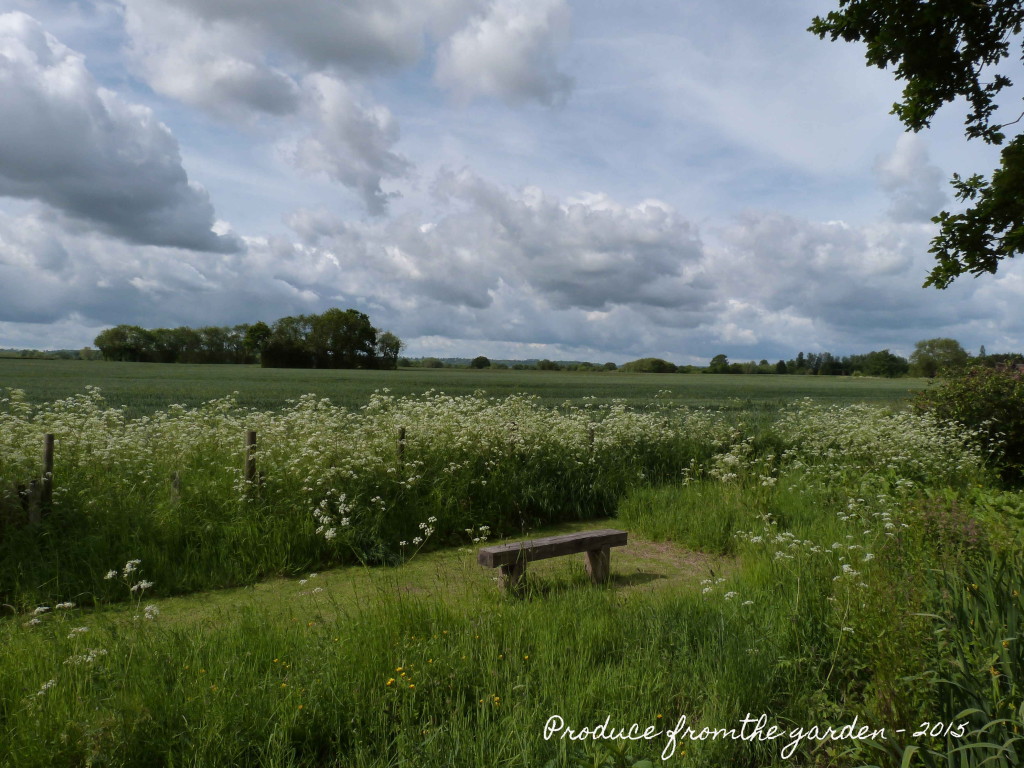
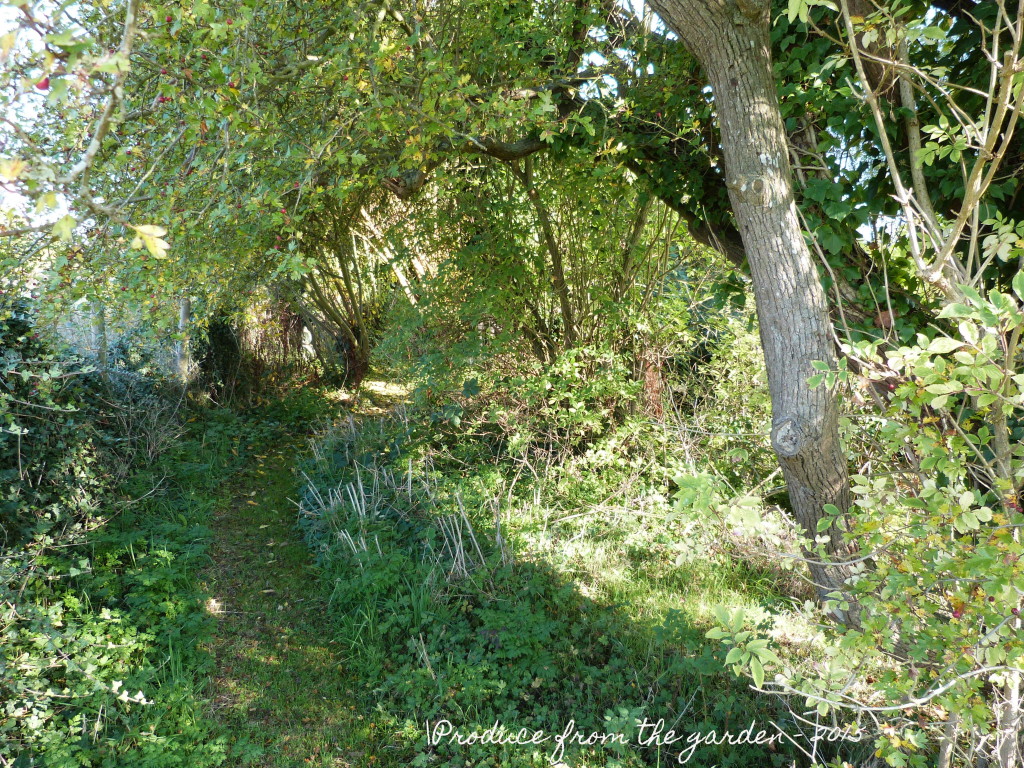
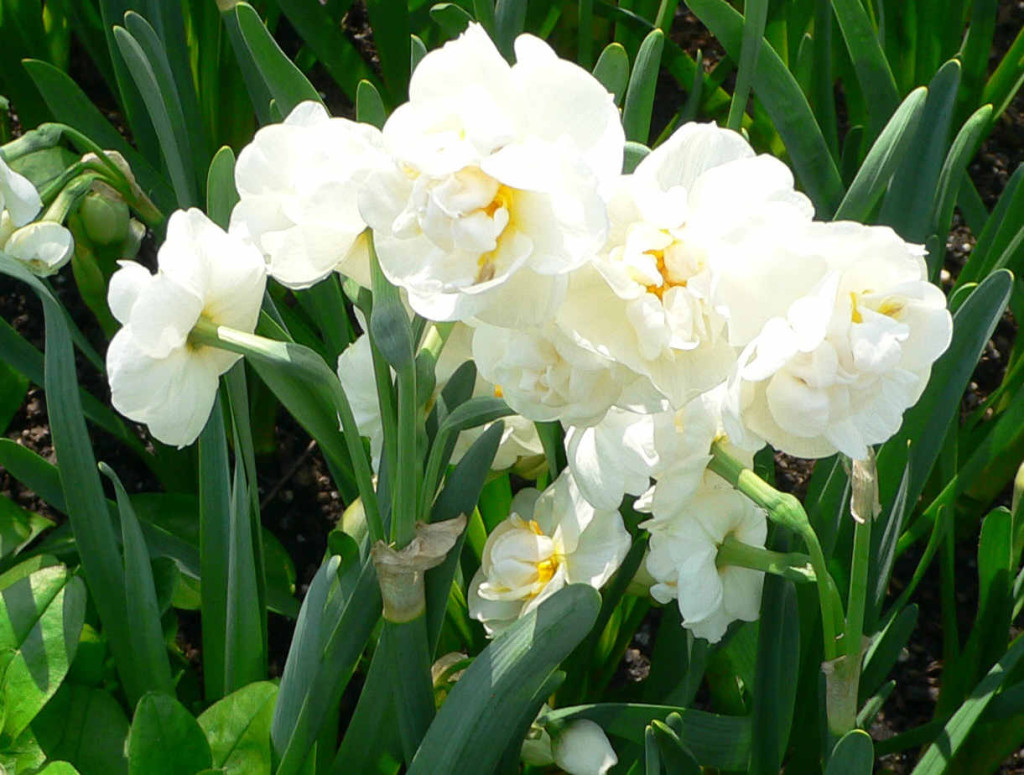
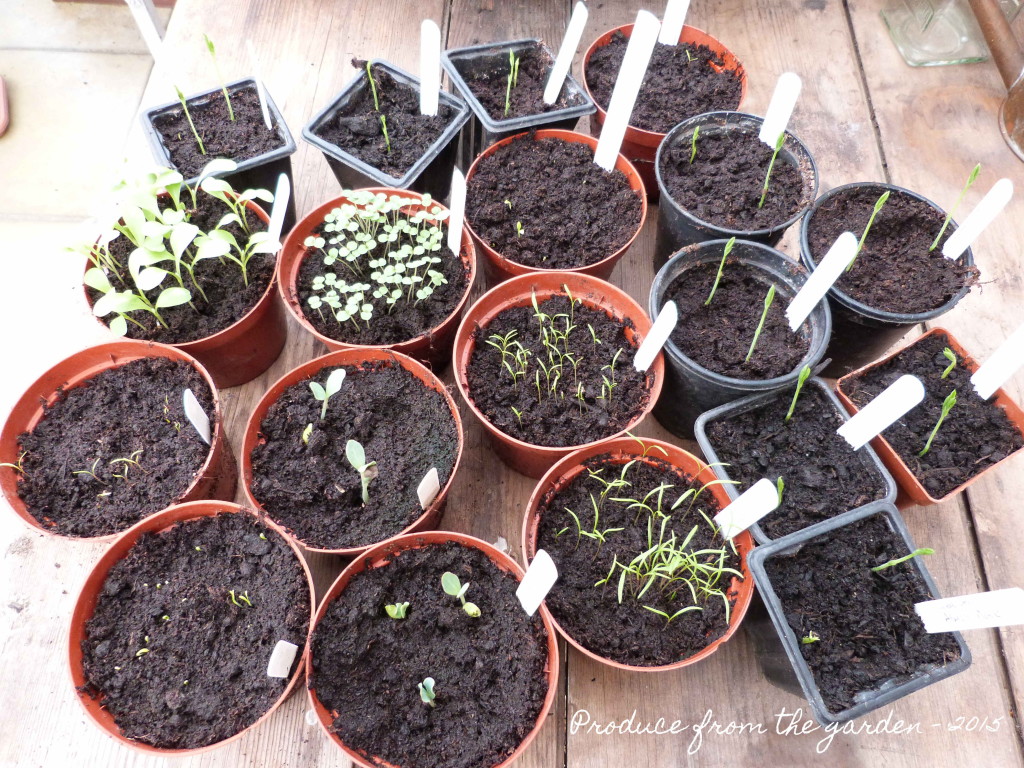
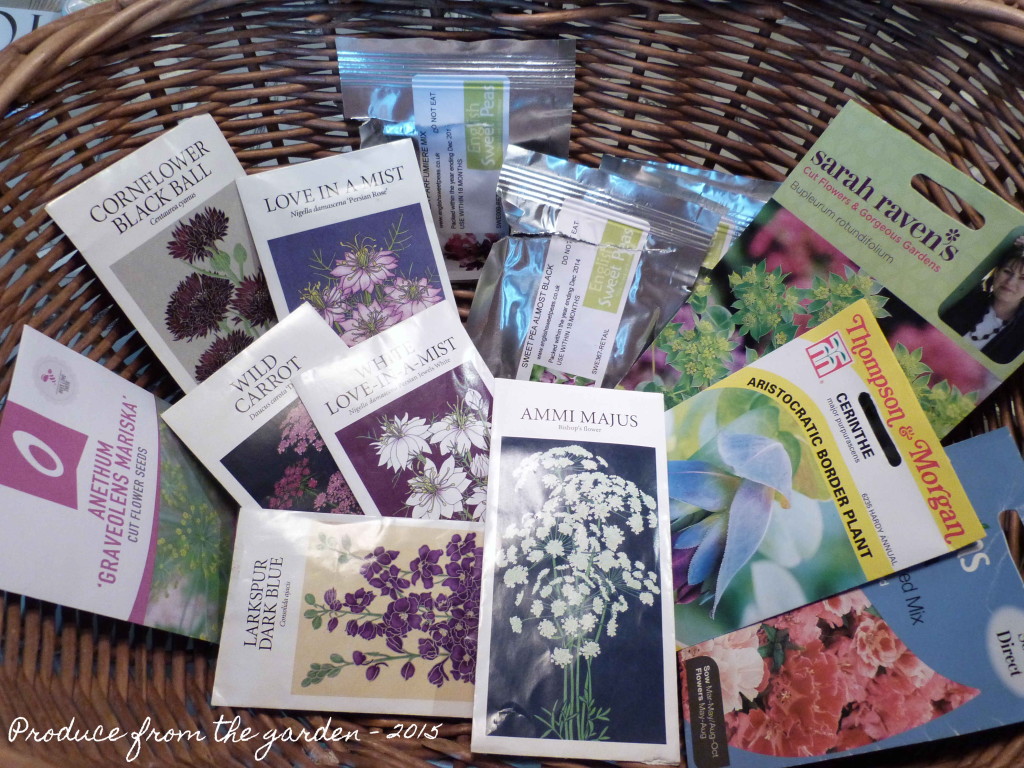
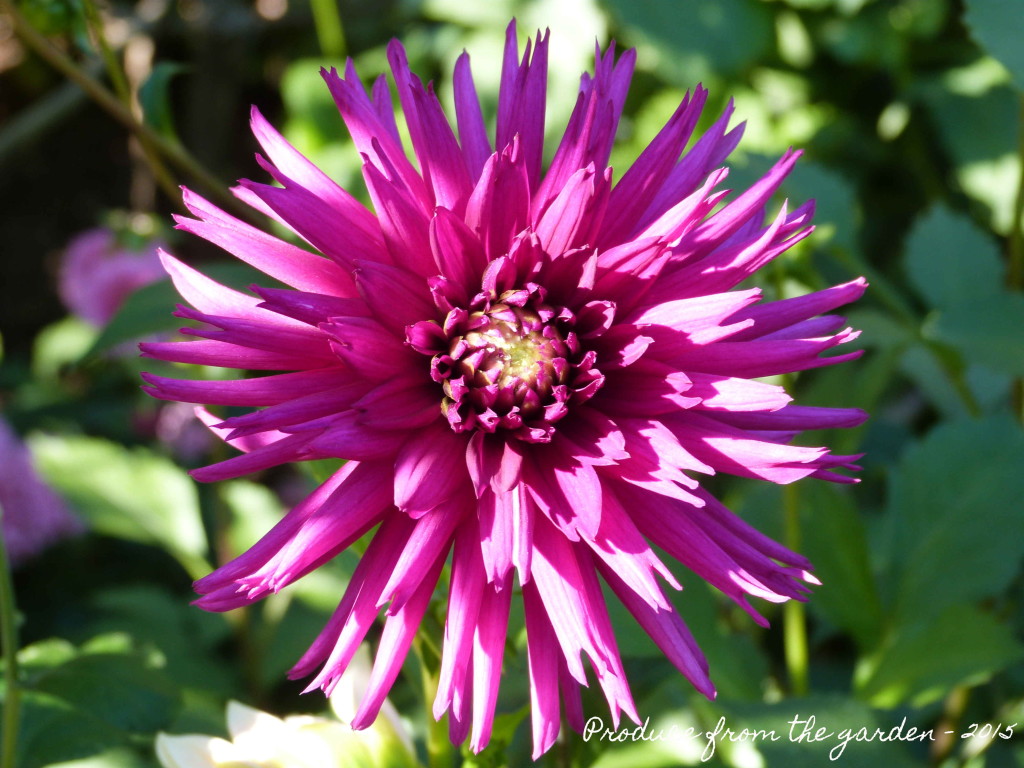
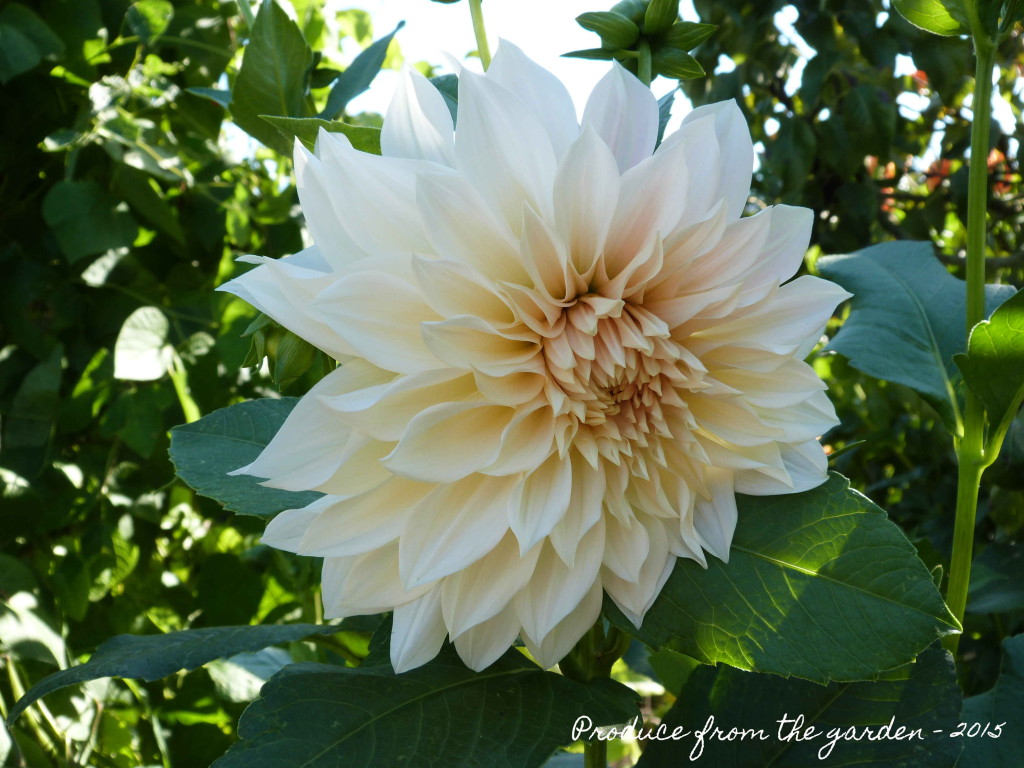
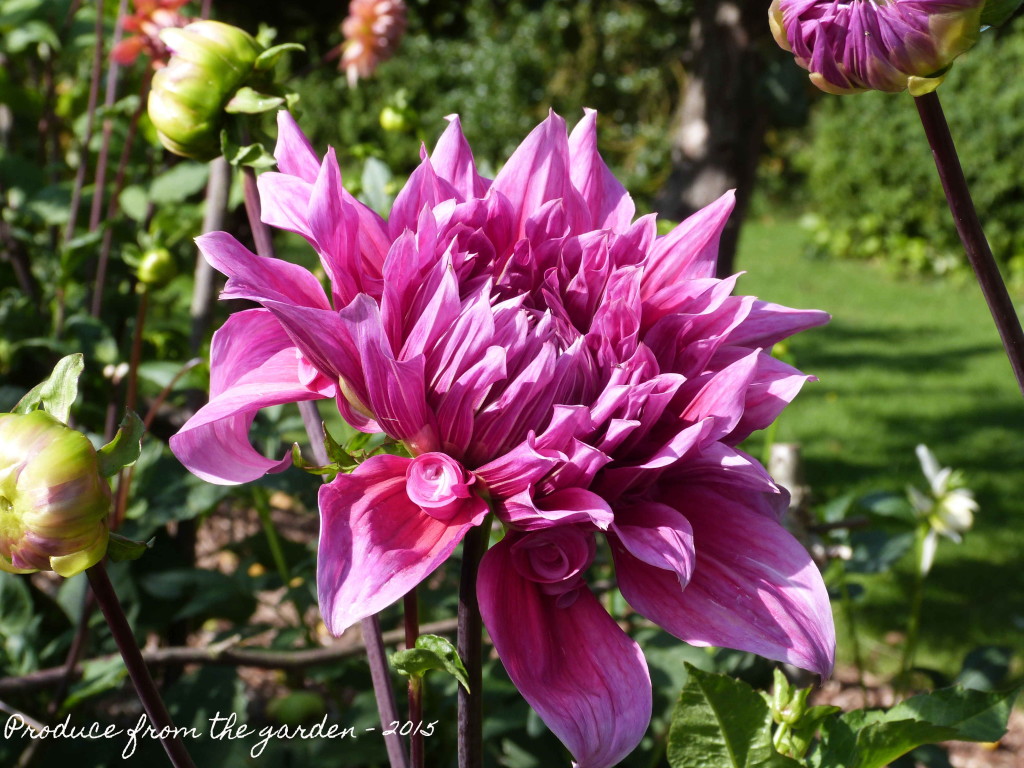
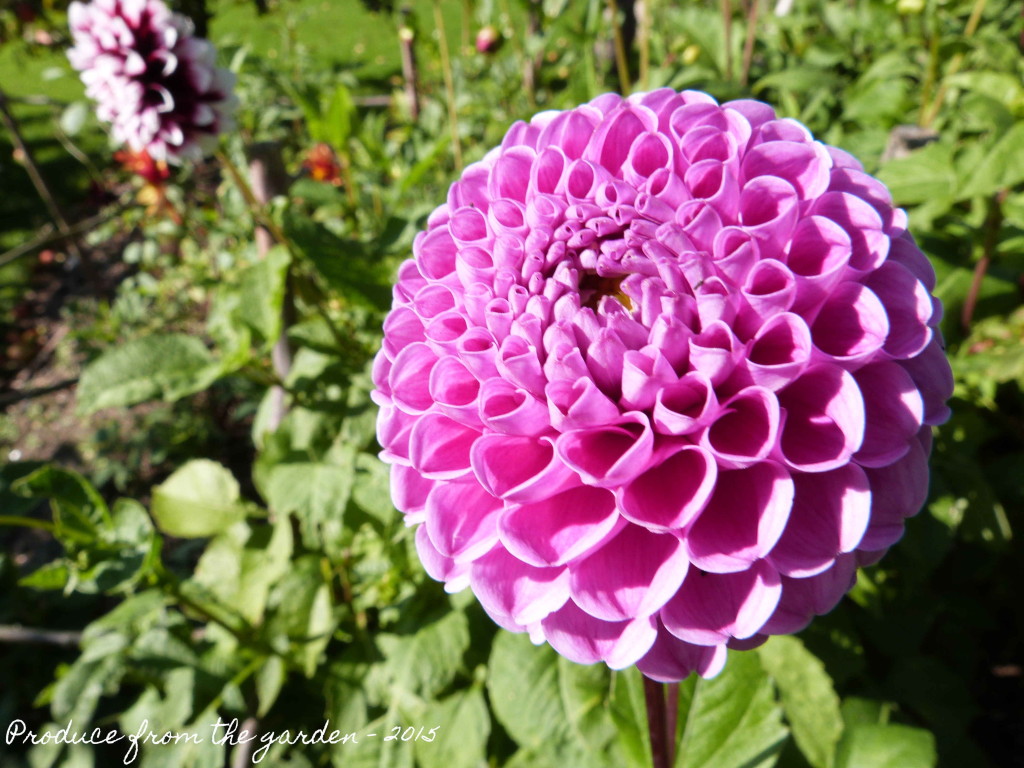
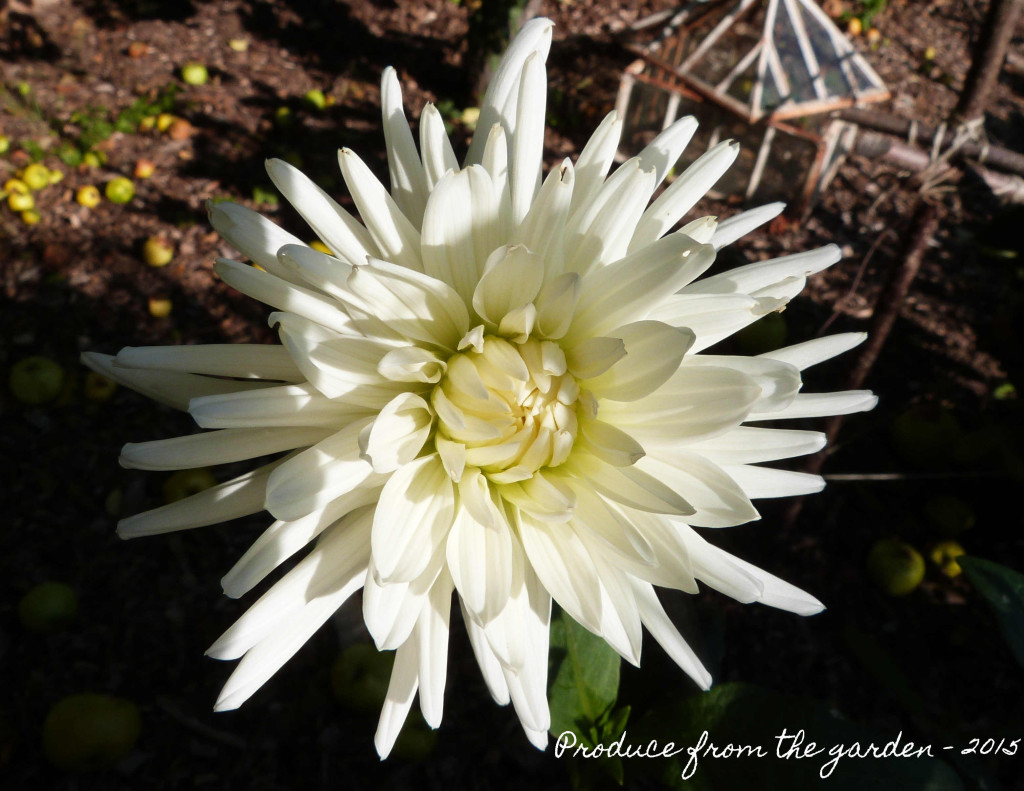
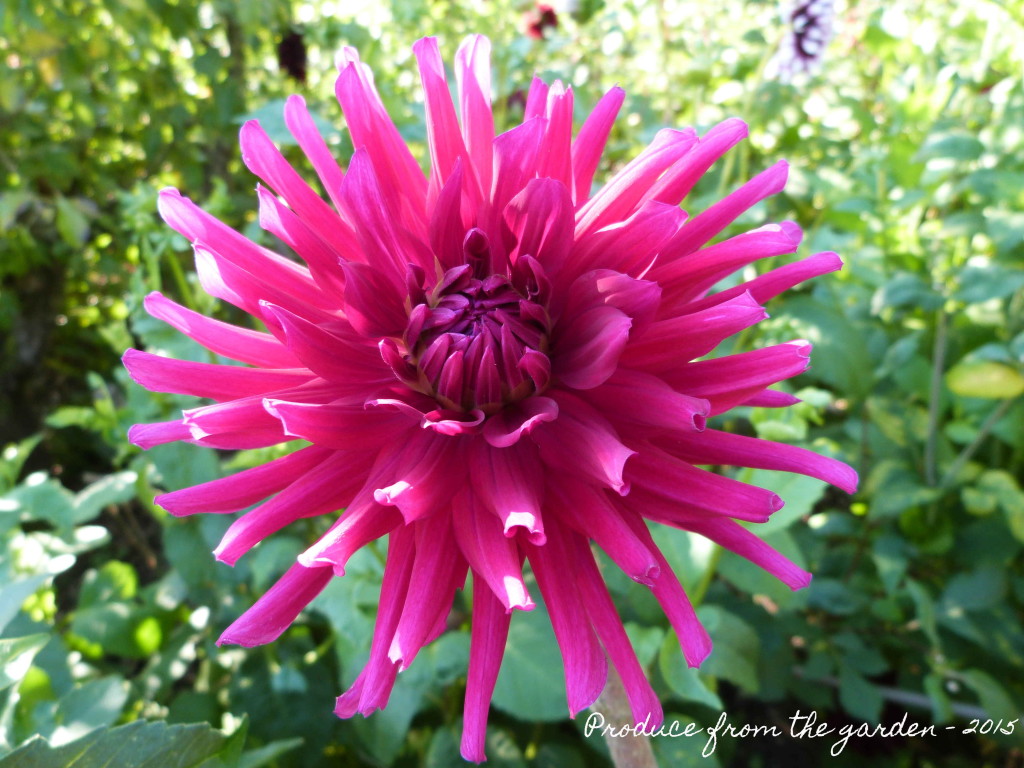
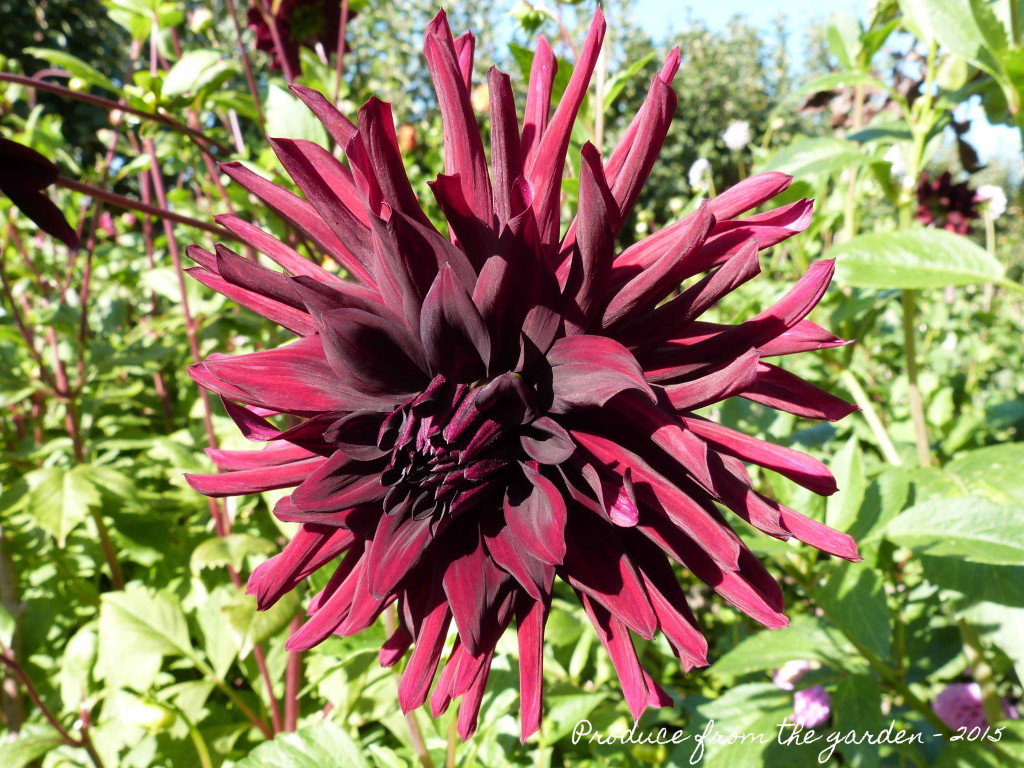
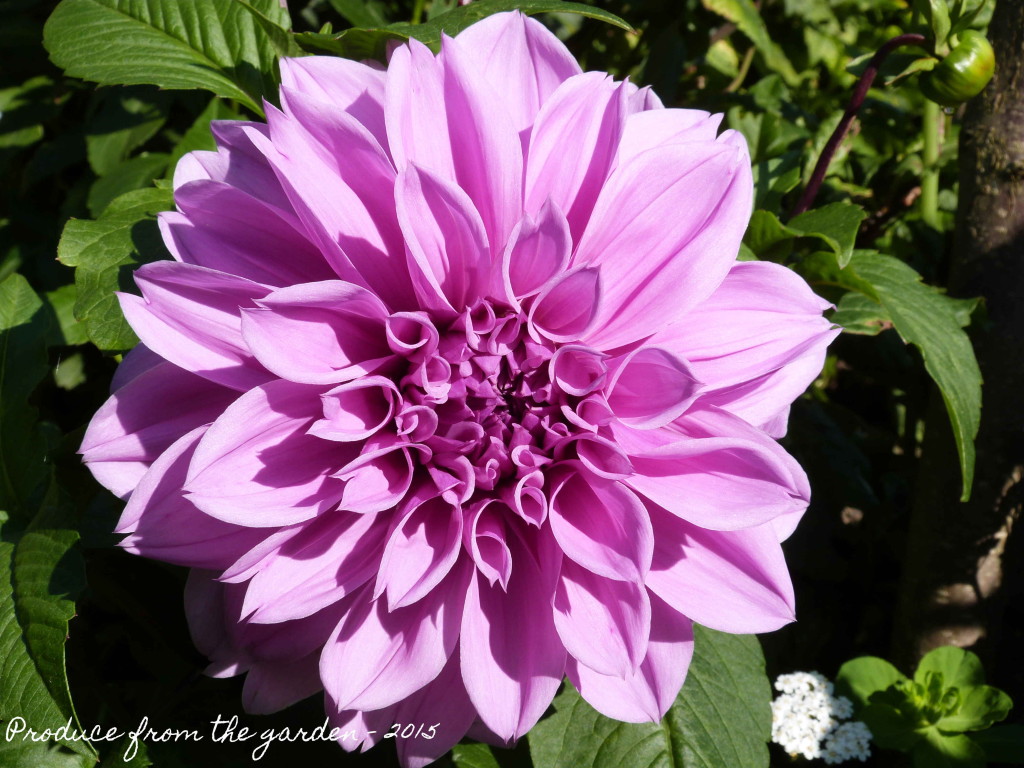
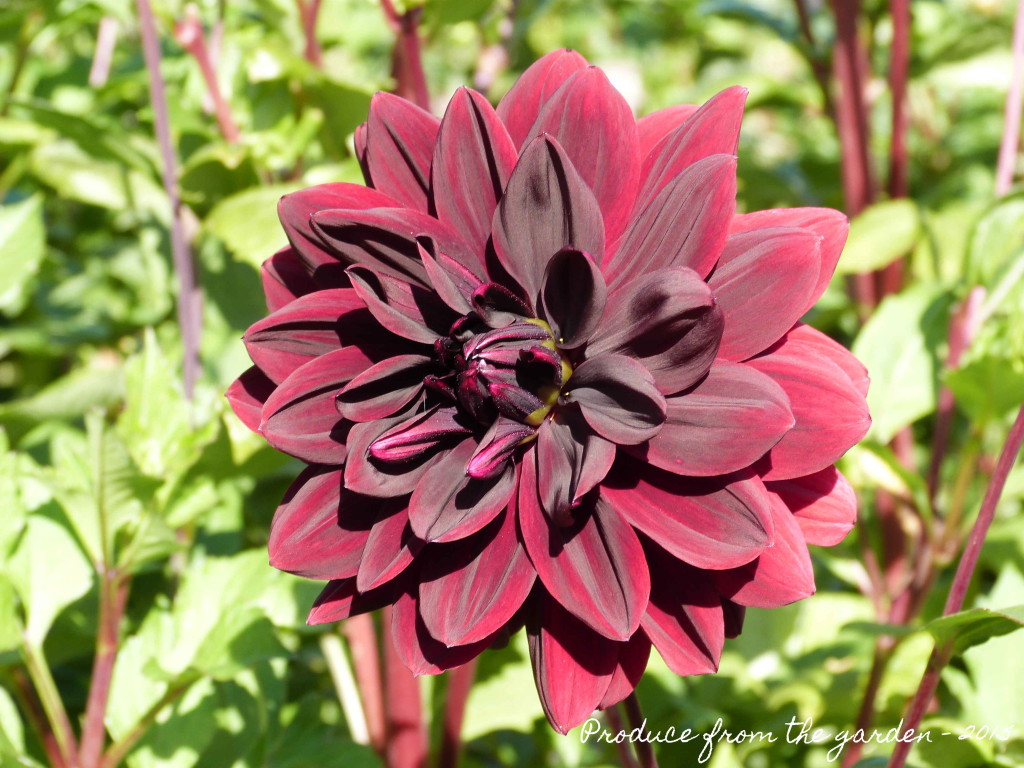
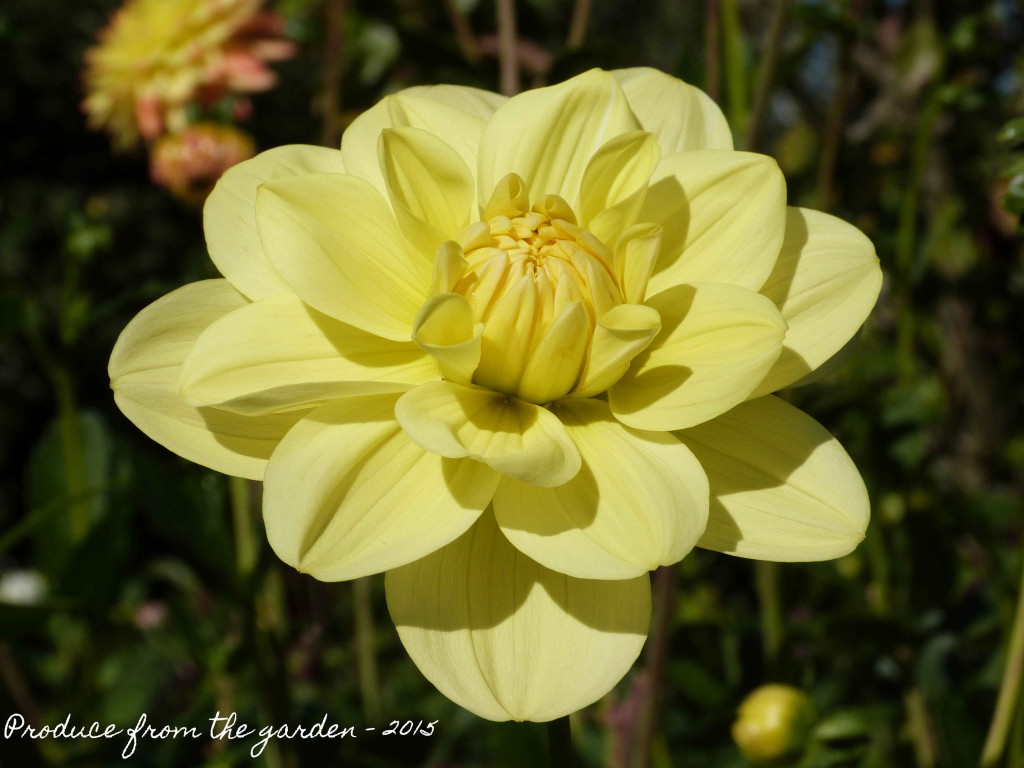
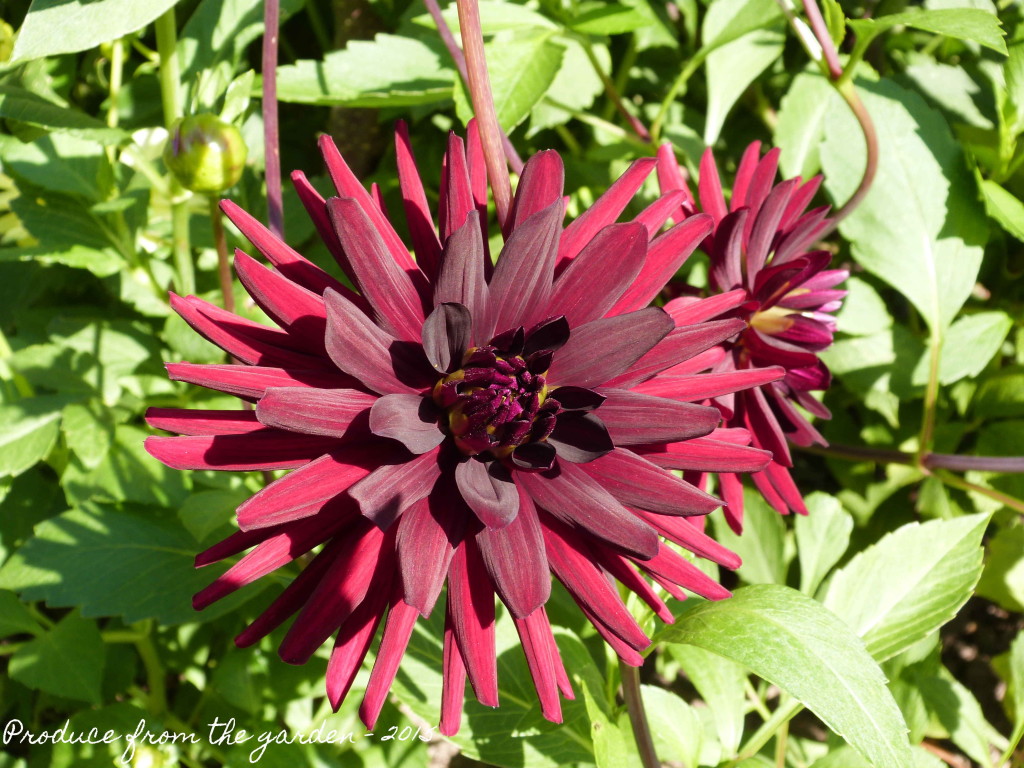
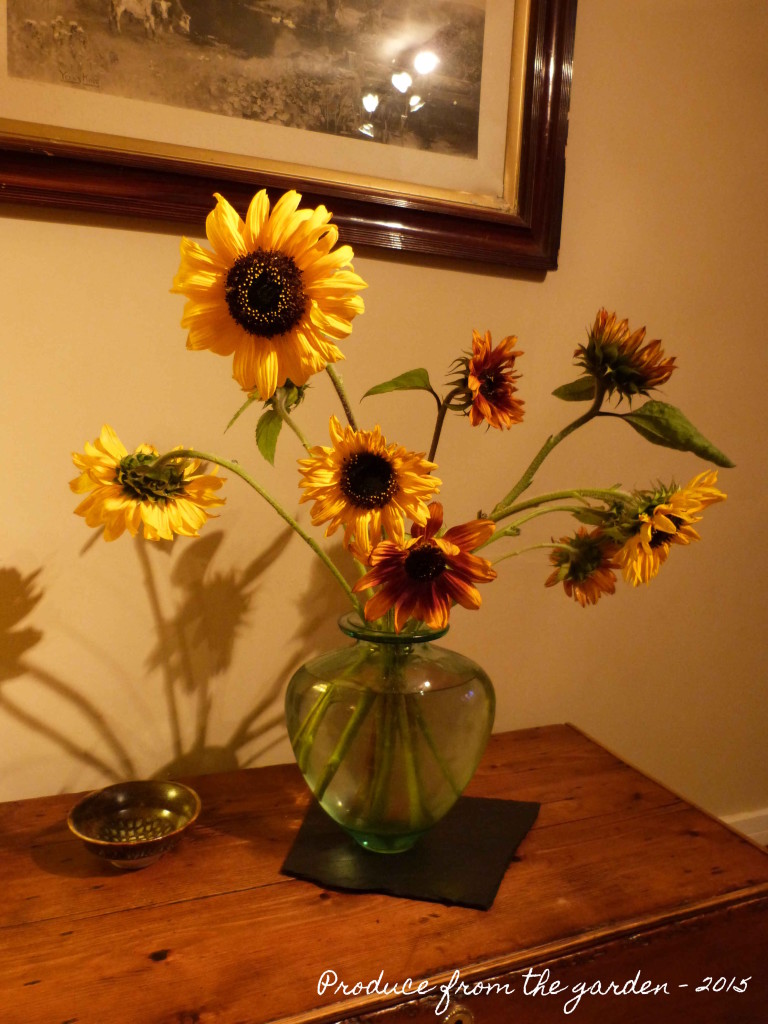
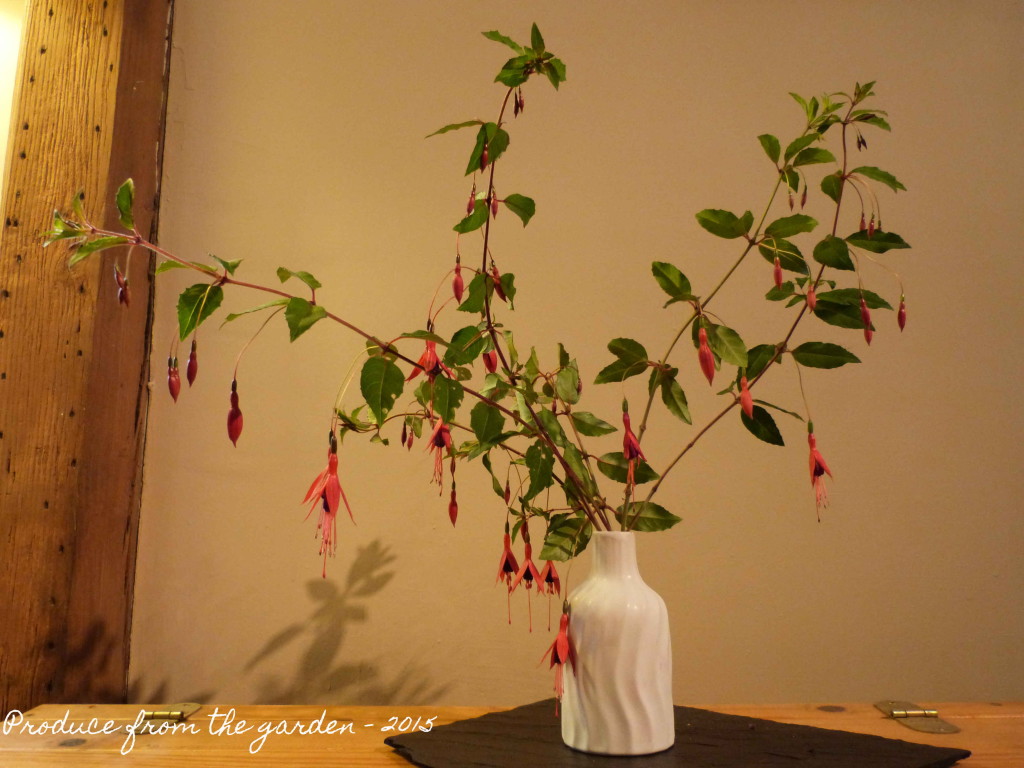 Fuchsia, perfect as a cut flower
Fuchsia, perfect as a cut flower